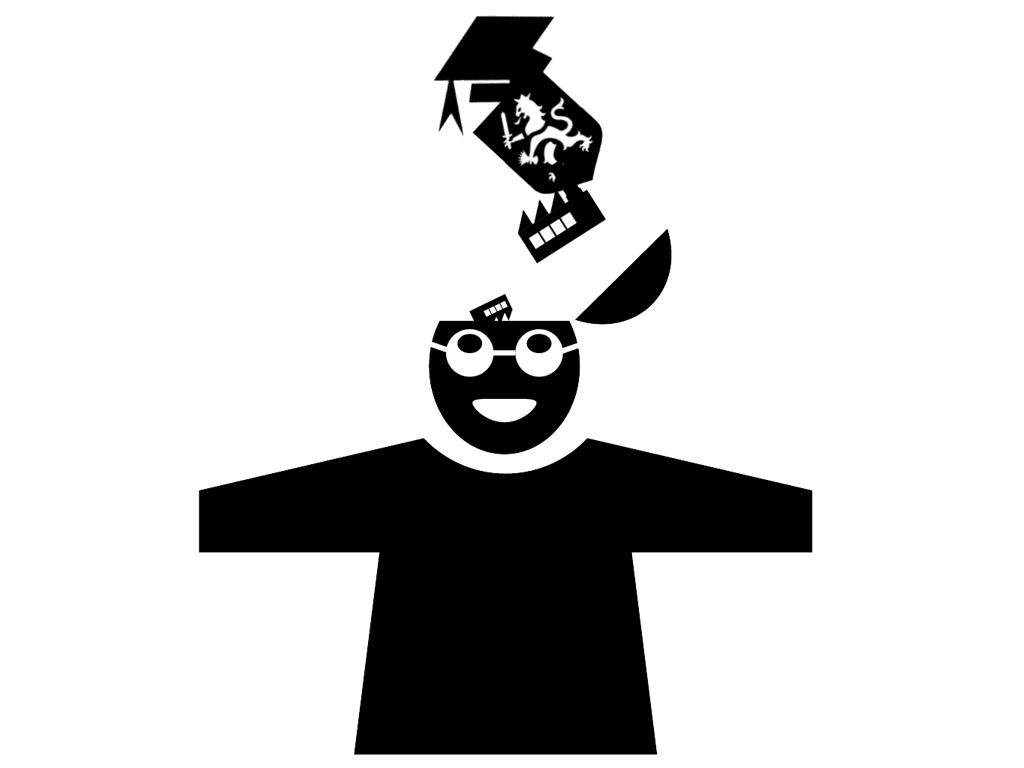The following opinion article was published in the Dutch paper het Financieele Dagblad of 9 February 2013 titled 'Top sector creative industries incomplete without the arts. Artistic research is a source of unexpected inventions just like scientific research'. The article is written by Alexander Rinnooy Kan, Marleen Stikker and Paul Rutten.
The creative industry is rightly one of the official “top sectors” in the Netherlands. The Netherlands has a world reputation in a number of sub-areas (e-culture, architecture, ‘serious gaming’ and television formats) and the added value of the sector is substantial. Larger, for example, than that of the chemical industry. The creative industries thus meet the two main requirements of top sectors. The joint self-organizing ability of the sector, a third important parameter, initially left much to be desired.
Which is not surprising for a young, fast and spontaneously growing part of the economy. Innovation does not quite follow the conventional pattern that characterizes established sectors. The official first research and development program Click, soon to be established, is an encouraging sign and illustrates the progress in the sector. But precisely the focus and content of this program draws the attention to an important and regrettable difference between the Dutch approach to creative industries and the usual international approach. In this approach, the creative industries are conceived as the sum of media and entertainment, creative business services, heritage AND the arts. The Dutch method, after some initial confusion, appears to exclude precisely the latter.
This is unwise. Art and culture meet the above criteria more than easily. Research by the Atlas of Municipalities, together with the Central Planning Office among others, also shows that regions with an attractive cultural climate perform better economically. Artistic, creative sources quench the thirst of the high-quality talent that an innovative economy requires. Art and culture are essential elements of an innovative ecosystem.
But there is more. In recent years there has been a clear change in the perspective on innovation and its sources. Artistically inspired research functions increasingly noticeably as inspiration for innovation and renewal, next to fundamental scientific research. Artistic research, like scientific research, is a source of unexpected inventions and provides important ingredients for successful innovation. It uses unconventional methods, is close to the individual experiences of people and has an often socially motivated perspective.
Following this method, the Australian artist Oron Catts explores the border between art and life sciences. For his' Victim Less Leather Project" he was the first to develop muscle tissue in vitro; meat without a nervous system for which no animals have to be slaughtered. His bio-art installations now travel along international museums and his work inspires regular scientists who acquired patents partly based on his inventions. This exchange between art and science served as an example for the Dutch Designers and Artists for Genomics Award that makes groundbreaking collaborative research possible. There, and in many other locations, artistic research contributes to the solution of social and economic issues. E-culture institutions such as Waag and V2 are already doing this with great success. The Hybrid Institute on the border between art and science by Lidewij Edelkoort will also be such a place.
That this practice may well connect with economically driven innovation is demonstrated in the UK. The creative arts are an academic discipline in the British scientific system. It is therefore quite natural that the University of the Arts in London leads the Creative Industries innovation programme of the Strategic Technology Board and that experiments and demonstration models are its point of focus. Here, art serves as fundamental research for the creative industries with the same significance scientific laboratory research has for industrial innovation.
The cultural sector has deployed but a small part of its weapons in its recent struggles against the budget cuts. The different versions of the - mostly ineffective - civilization offensive demonstrated only a limited part of the power of the arts and strengthened Secretary Zijlstra in his belief that the arts can make do with less. But art and culture are of immediate relevance for economic development and innovation. Culture is not a luxury that should be given up if things don’t look up for a while.
The challenge for the Ministers of Economic Affairs and Education, Culture and Science is to bring the Dutch approach to the creative industries into line with the international standard by making art and culture fully part of it. This will provide an important stimulus for a broader and more successful Dutch innovation policy.
Alexander Rinnooy is professor of economics and business administration at the University of Amsterdam, Paul Rutten Creative Business lecturer at the Hogeschool Rotterdam and Marleen Stikker is founder/director of Waag, institute for art, science & technology.
